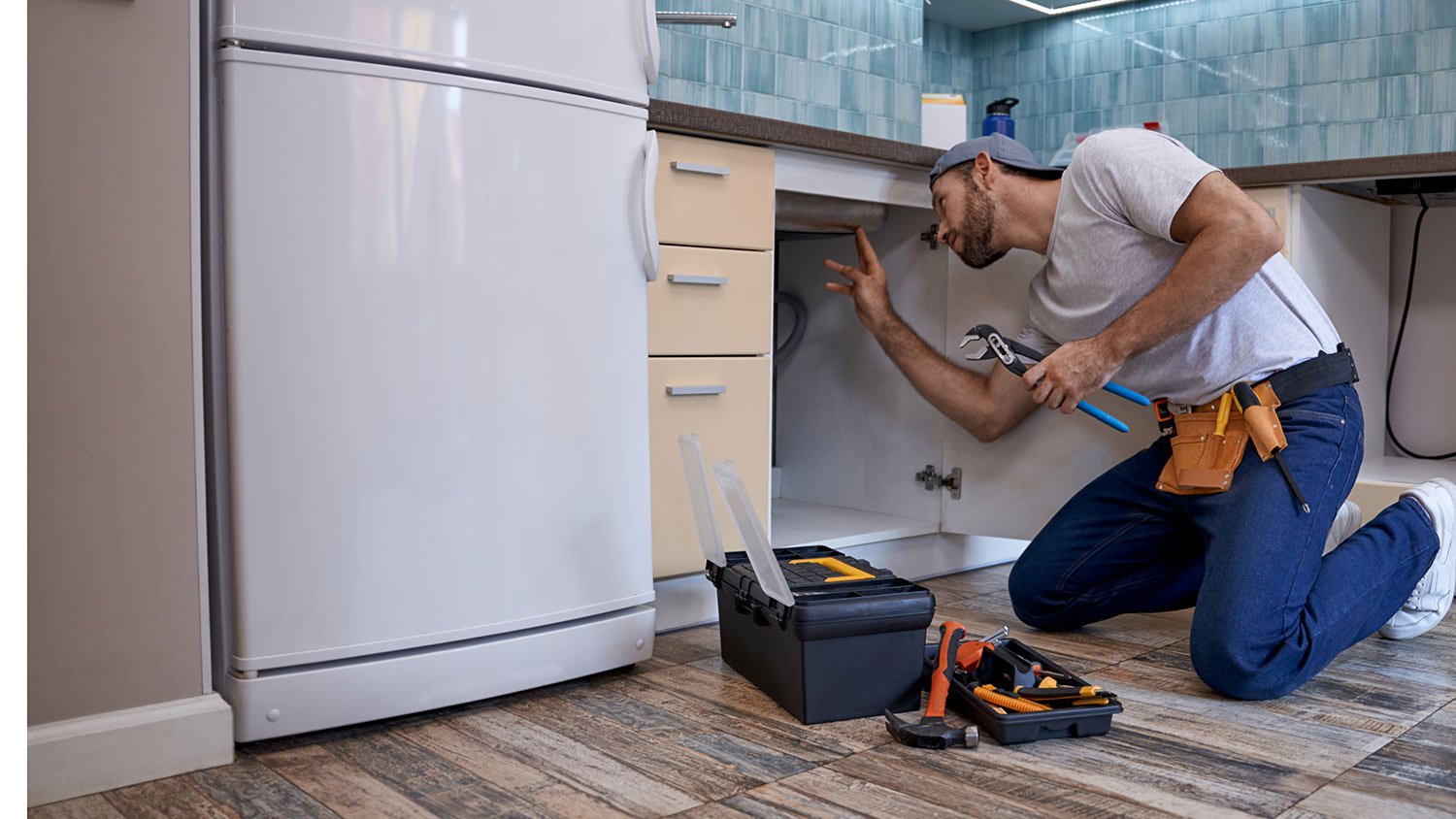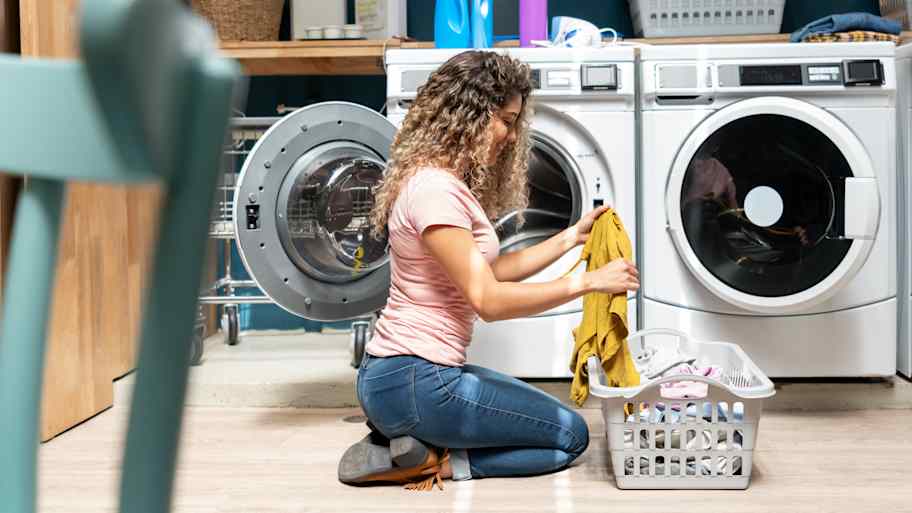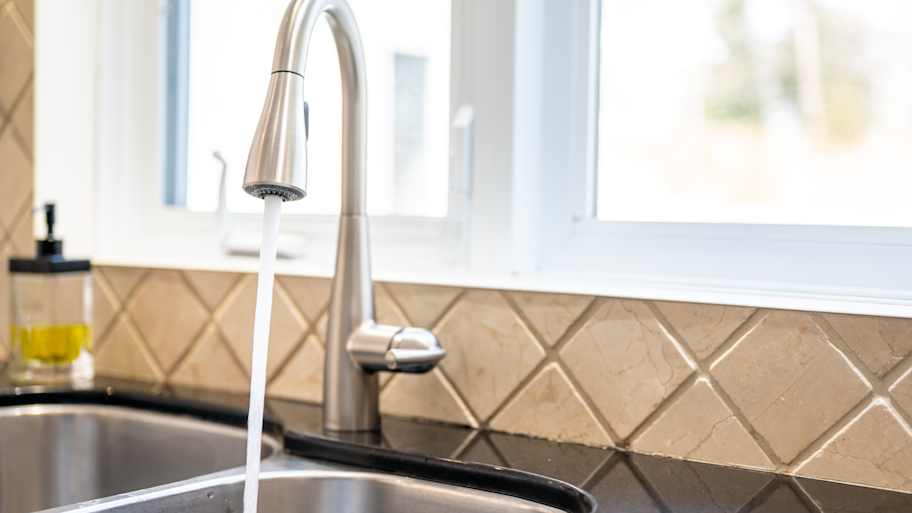
Learn about main water line repair costs in Columbus and what affects pricing to be prepared before you start getting estimates.
Keep your pipes clean and clear with the right maintenance schedule
.jpg)
.jpg)
Plumbing maintenance refers to tasks like checking water pressure, valve operation, signs of leaks, moisture, and the general condition of pipes.
Complete basic plumbing maintenance once per year, while more in-depth maintenance, like flushing a water heater, should be done every few years.
Without plumbing maintenance, there’s a greater risk of problems, such as frequently clogged drains, water struggling to heat properly and more.
A full plumbing maintenance visit should be conducted by a professional plumber with the tools to accurately measure water pressure and inspect systems.
Like most home maintenance projects, being proactive is key to saving money and preserving your systems. Especially because, left unchecked, your pipes and plumbing appliances can corrode or get damaged over time, resulting in plumbing repair costs and nightmare scenarios (such as burst pipes or serious flooding in your home).
The question, though, is how often do you need plumbing maintenance? The answer, while pretty standard, may fluctuate depending on your system’s age—or even how many trees surround your home. Find the right answer for your living space in this informational guide.
The ideal plumbing maintenance frequency is once per year. This is especially true if you live in an older home or have historically required frequent tuneups or fixes throughout the year. However, if your home enjoys a newer plumbing system, you can extend that timeline a bit. But even for new systems, most licensed plumbers recommend not going beyond two years without a thorough checkup of your home's plumbing.
This may surprise you, but homes with lots of mature trees surrounding them should probably do more frequent plumbing maintenance, as tree roots are a huge cause of cracked or damaged sewer lines and water main lines. If this is your situation, consider more frequent plumbing maintenance—about twice a year.
Like any system in your home, your pipes, as well as sinks, toilets, water heater, and other equipment, suffer wear and tear over time. Having your plumbing inspected or having a local plumbing repair pro do annual maintenance helps preserve your system.
Regular plumbing maintenance also helps prevent large problems in your water line or sewer line from developing. For example, repairing the main sewer line due to blockage or damage from tree roots could cost up to $6,300. (This figure doesn’t even include potentially thousands more you’ll pay to tear up and replace your driveway or lay new sod after. Yikes!)
Cleaning or descaling the main sewer line, on the other hand, only costs between $175 and $475.
If you haven’t had a regular plumbing inspection to date, here are some signs that it’s time to call in a professional.
Signs that you probably need plumbing work include:
Clogged drains
Gurgling sounds in your drain
Water pressure that’s too high or too low
Water takes a long time to get hot (or doesn’t get hot at all)
Appliances don’t work or move slowly (i.e., your dishwasher takes several hours longer than intended)
Signs that you need emergency plumbing work include:
No water comes out of sinks
A burst or leaking pipe
A sagging ceiling
Odors coming from the garbage disposal
If you’re adding new appliances, such as a dishwasher or sink, you may also want to seek a plumber’s help. More plumbers offer service contracts now, so if you signed one, read it over to see if it covers the signs you’ve noticed.

Here’s what you can expect a plumbing professional to do during your annual maintenance.
Water pressure is one of the keys to preserving your plumbing system. (FYI: ideal water pressure is between 45 and 65 PSI for most homes.)
High water pressure may result from thermal expansion (heat buildup) in pipes. This causes excess stress on your pipes and could lead to leaks, corrosion, or damage.
Low water pressure may result from pinhole leaks (in general, keeping an eye out for leaks is one of the best plumbing maintenance tips you can adopt), tree roots blocking the main water line, clogged pipes, calcium buildup from hard water, or issues caused by your water supplier.
Plumbing maintenance should include checking the water shutoff valves and supply lines below your sink. A pro should also check faucets to make sure they’re working properly and check to see if moisture is building up inside or under the appliance.
There are so many plumbing terms to keep up on—and many of them relate to appliances located in your bathroom(s). A professional will check on your bathroom’s plumbing system, including your toilets, sinks, and showers.
They should also be able to tell if your toilet wastes water (due to it running constantly or minor leaks). A toilet that slowly leaks water wastes as much as 30 gallons of water per day.
You should flush and drain your water heater annually, and some plumbing maintenance agreements include this as part of their work. Draining and flushing help remove sediment buildup that causes corrosion and uneven heating inside this appliance.
Periodically, city or town regulations change plumbing codes, which could affect your water heater. A professional will be up to date on these regulations and make any necessary fixes.
From average costs to expert advice, get all the answers you need to get your job done.

Learn about main water line repair costs in Columbus and what affects pricing to be prepared before you start getting estimates.

Discover the leading factors affecting your main water line replacement cost in Columbus, including length, material selection, and installation details.

Learn how much plumbers cost in Columbus, Ohio. Discover pricing for faucet repairs, pipe work, and emergency services, plus how you can save money.

What is an anti-siphon valve? Our guide covers what it is, how to install one, and more tips to ensure that your drinking water stays fresh and protected.

Discover the three types of plumbing systems in your home so you can understand how they work together to help keep your home running smoothly.

Valves are essential for the safe and efficient flow of fluids. Compare a ball valve versus gate valve to choose the right one for your system.